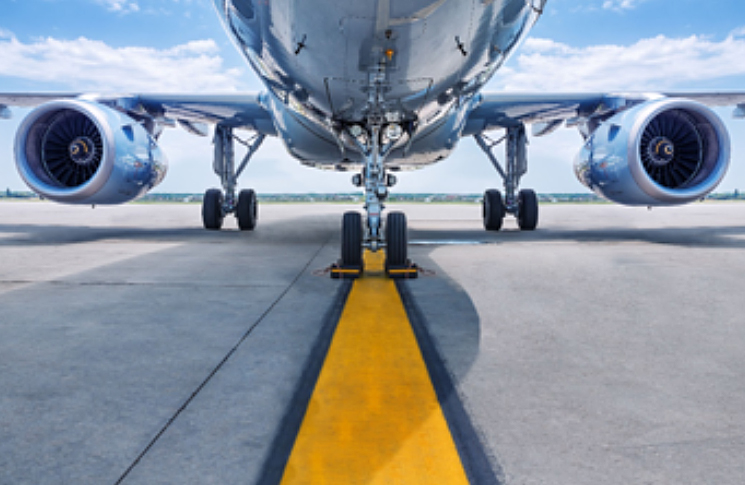Runway safety has been identified as one of the most significant risks to safe aviation operations and a key global safety priority. This is also a common area of concern across the Australian aviation industry as a whole, considering the controls for runway safety risks require the coordinated effort of aerodrome operators, aircraft operators/pilots, the regulatory authority (CASA) and the air navigation service provider (Airservices).
Runway incursions in particular pose a significant threat to aviation safety and can occur at any class of aerodrome. The development of local action plans is part of the on-going defences to address runway safety at many locations within Australia, with industry participation crucial to success.
So how can you avoid being involved in a runway incursion? Based upon lessons learned from runway incursion reports: good communication techniques (listening out, frequency management, contact with ATC), planning and familiarising yourself with aerodrome layouts (especially when visiting for the first time), situational awareness (knowing where you are on the aerodrome at all times as well as the position of traffic around you) and knowledge of procedures, are all valuable skills to avoid runway incursions.



This sure is a safety issue for pilots. But it’s also an ATC issue, at times they fire off rapid instructions involving a few turns, (often via a route not expected or pre briefed) acknowledging other instructions as well as requesting expeditious actions, all this whilst pilots comple check lists and other associated cockpit duties, Its a two way street!! Unfortunately my job takes me into Syd one of the worst airports in the country and at times it’s an unsafe environment!
First thing that comes to mind is Sydney Airport and the instruction to use 07/25 as a taxiway to cross 16L/34R. If you are a local its a known route but foreign crews are often confused by the instruction to ‘enter 25 and hold’. Using a runway as a taxiway is an uncomfortable feeling if its your first time in town.
[…] of occurrences most common in Metro D environments are pilot deviations from ATC requirements, runway incursions and airspace infringements. Recent analysis by Airservices has identified the below contributing […]